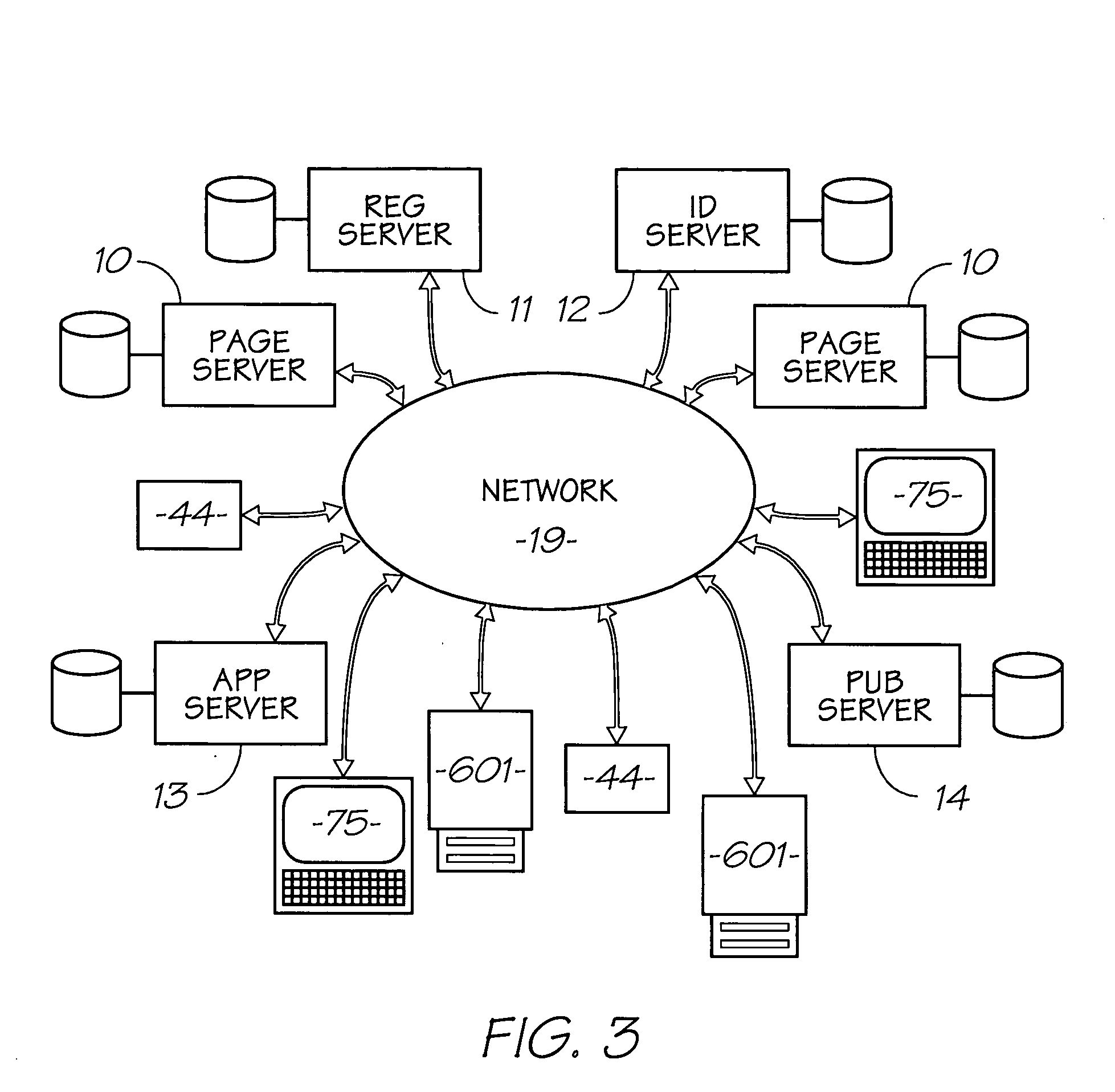Synthetically expedient water-dispersible IR dyes
- Summary
- Abstract
- Description
- Claims
- Application Information
AI Technical Summary
Problems solved by technology
Method used
Image
Examples
examples
[0387] In the following examples, uv-visible spectra are reported conventionally by stating an absorption wavelength first, followed by the corresponding log εmax in parentheses. For example, “760 (5.11)” denotes an absorption at 760 nm having a log εmax of 5.11.
[0388] In the following scheme, sulfonated compounds 2, 3 and 3a are represented having one sulfonyl group on each naphthalene ring (i.e. n1=1, n2=1, n3=1 and n4=1). However, the degree of sulfonation may be variable under the reaction conditions and it is understood that the number of sulfonyl groups per dye molecule is generally between 2 and 4 (i.e. n1+n2+n3+n4=2-4).
a) Chloroaluminium Naphthalocyanine (NcAlCl) 1
[0389] A stirred suspension of 2,3-naphthalenedicarbonitrile (5.0 g; 0.028 mol) in 1,2-dichlorobenzene (70 mL) was treated dropwise with a solution of aluminium chloride (2.0 g; 0.015 mol) in nitrobenzene (10 mL) at 50-60° C. (bath) under nitrogen. During the addition the reaction mixture slowly became homogen...
PUM
| Property | Measurement | Unit |
|---|---|---|
| Hydrophilicity | aaaaa | aaaaa |
| Dispersibility | aaaaa | aaaaa |
Abstract
Description
Claims
Application Information
 Login to View More
Login to View More - R&D
- Intellectual Property
- Life Sciences
- Materials
- Tech Scout
- Unparalleled Data Quality
- Higher Quality Content
- 60% Fewer Hallucinations
Browse by: Latest US Patents, China's latest patents, Technical Efficacy Thesaurus, Application Domain, Technology Topic, Popular Technical Reports.
© 2025 PatSnap. All rights reserved.Legal|Privacy policy|Modern Slavery Act Transparency Statement|Sitemap|About US| Contact US: help@patsnap.com



